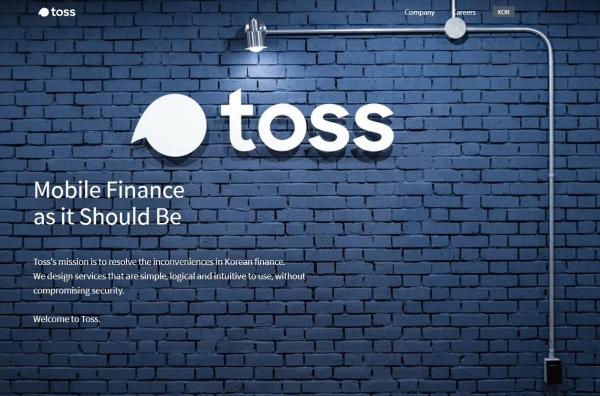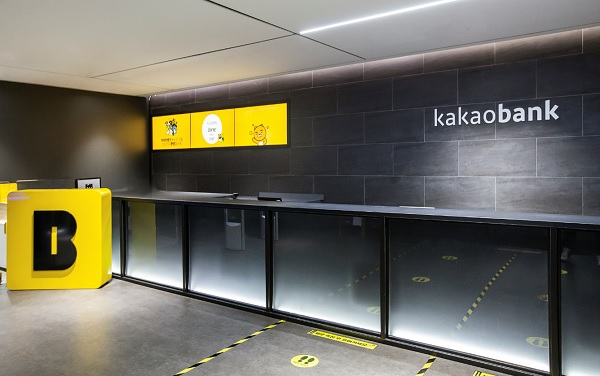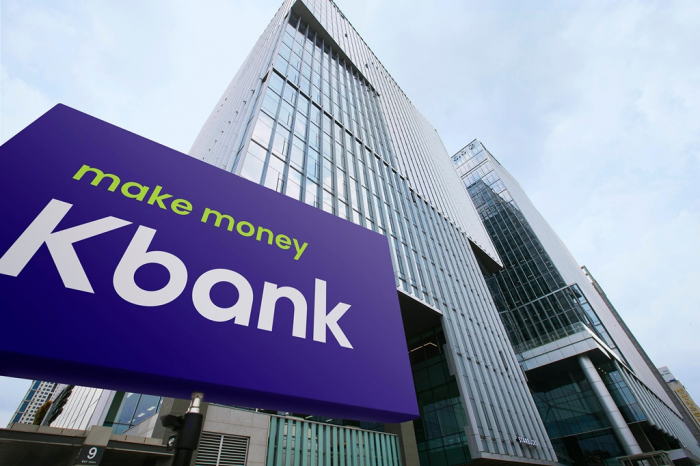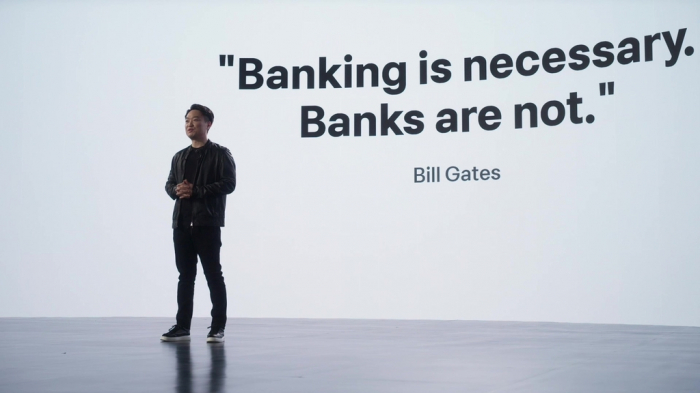Banking & Finance
Korean online banksŌĆÖ disruptive business model: Woo low-credit borrowers
If digital banksŌĆÖ aggressive lending ends up in high default rates, their business model will be put into question
By Mar 22, 2022 (Gmt+09:00)
3
Min read
Most Read
Hankook Tire buys $1 bn Hanon Systems stake from Hahn & Co.


NPS to hike risky asset purchases under simplified allocation system


Osstem to buy BrazilŌĆÖs No. 3 dental implant maker Implacil


UAE to invest up to $1 bn in S.Korean ventures


US multifamily market challenges create investment opportunities



South KoreaŌĆÖs three major digital banks are stepping up their credit loans to borrowers with low credit ratings, a disruptive business model shunned by conventional banks ŌĆō a move that can rattle the countryŌĆÖs financial landscape if successful.
According to industry officials on Tuesday, Toss Bank, KoreaŌĆÖs top internet-only bank, extended 23.2 million won ($19,040) in loans per person to its customers in the low- and medium-credit rating bracket at an average interest rate of 7.7% in the first two months of this year.
The lending rate is 5.6 percentage points lower than the average rate of savings banks, widely used by risky borrowers at relatively high interest rates.
K Bank, another digital bank owned by telecommunications giant KT Corp., extended a total of 250 billion won with favorable interest rates to borrowers with lower credit ratings in January and February, nearly the same amount as its six-month loans to such borrowers last year.
KakaoBank Corp. recently said its top business priority this year is to expand loans to low-credit borrowers. To achieve that goal, the bank is also offering a loan guarantee insurance product to its customers for free.

ŌĆ£Given the traditional banksŌĆÖ tendency of risk aversion and lending at lower interest rates to people with high credit ratings, the digital bankŌĆÖs business models are quite disruptive,ŌĆØ said a banking industry official.
RISK AVERSION EFFORTS
Toss Bank started its operations in October 2021 as KoreaŌĆÖs third internet-only bank, following the launch of K Bank and KakaoBank in 2017.
KoreaŌĆÖs financial regulators allowed the creation of digital banks despite opposition from traditional banking players to address the financial needs of citizens and smaller business owners with low credit ratings.
However, with household debt rapidly increasing amid ultra-low market interest rates in the past couple of years, the government is tightening rules for credit loans, including lending from internet banks.
Nevertheless, the three online banks are seeking new business models to seek organic growth while competing against conventional offline financial institutions.

According to Toss Bank, more than 80% of the people who applied for credit loans in 2020 were those with credit ratings below the 50th percentile.
For their own risk aversion efforts, the three online banks have introduced new credit assessment tools to assist lending to customers with low ratings.
Their credit review systems take into consideration not just customersŌĆÖ income and loan history but also other financial data that show their shopping history and mobile phone bill payment records to gauge their real spending habits and purchasing power.
ŌĆ£WeŌĆÖre giving high credit scores to those who have good records of repaying even if theyŌĆÖve borrowed big,ŌĆØ said a Toss Bank official.
BUSINESS MODEL IN TEST

The three internet-only banks aim to raise the ratio of their lending to people with low and mid-range credit ratings to up to 40% of their total loans by the end of next year ŌĆō a condition set by financial regulators for approval of online banks.
To meet the conditions, the three digital banks sometimes limit their lending to people with relatively higher credit ratings or charge them with higher interest rates than other commercial banks.
Analysts said the sustainability of digital banksŌĆÖ innovative and disruptive business models will depend on their ability to manage credit-related risks over the long term.
ŌĆ£Internet banks have set their own lending rules, often applying a different yardstick than traditional offline banks. Their lending to people with low credit ratings has steadily been increasing since last year. If such loans end up in higher delinquency and default rates, their business models will be thrown into question,ŌĆØ said an industry official.
Write to Hyun-Woo Lim at tardis@hankyung.com
In-Soo Nam edited this article.
More to Read
-

-
 Banking & FinanceKorea mulls allowing banks to adopt Toss' super-app strategy
Banking & FinanceKorea mulls allowing banks to adopt Toss' super-app strategyOct 29, 2021 (Gmt+09:00)
2 Min read -

-
 Banking & FinanceK Bank valued at $6.9 billion, needs to expand loans: Morgan Stanley
Banking & FinanceK Bank valued at $6.9 billion, needs to expand loans: Morgan StanleyAug 31, 2021 (Gmt+09:00)
2 Min read -

Comment 0
LOG IN


